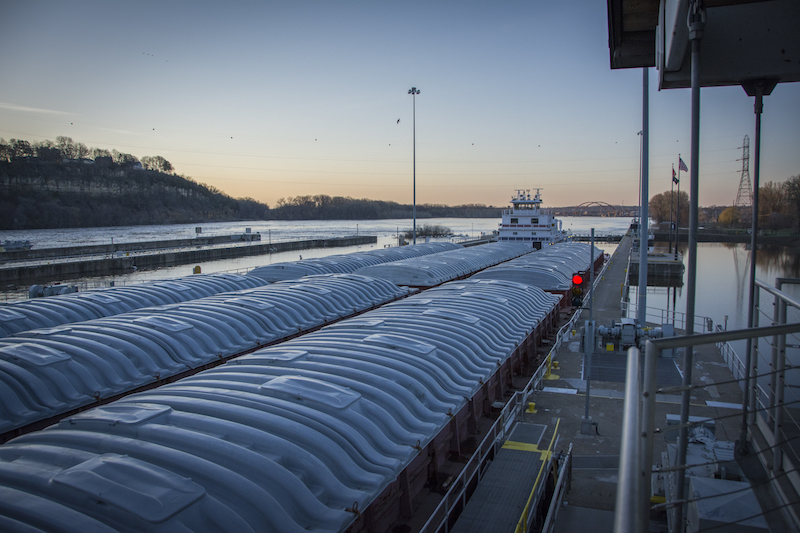Earlier this year, the National Waterways Foundation (NWF) commissioned Cambridge Systematics Inc. (CSI) to research and create inland waterways state profiles using the National IMPLAN economic model to estimate the economic impacts of each state’s inland waterways system.
The analysis included an evaluation of current economic and commodity flow information, inland waterways and waterways-dependent industries, top commodities, and the industries that most benefit from the inland waterways in each state. The profiles also include high-level, national benefits of and statistics for the inland waterways.
CSI’s data-driven methodology and process leveraged analysis from reports and research published by the Army Corps of Engineers, U.S. Department of Agriculture, NWF, state agencies, Federal Highway Administration, and Bureau of Labor Statistics, among other sources.
The 17 state profiles reveal the number of inland waterways-supported jobs, associated state and local tax revenue, the volume of freight moving on the state’s inland waterways and how that equates to numbers of trucks, top inland commodities by weight and value, key industries in the state supported by the inland waterways, and how many miles of navigable inland waterways traverse the state.
The states profiled are: Alabama, Arkansas, Illinois, Indiana, Iowa, Kentucky, Louisiana, Minnesota, Mississippi, Missouri, Ohio, Oklahoma, Pennsylvania, Tennessee, Texas, West Virginia and Wisconsin.
Here, find CSI's Data Methodology for the state profiles.




